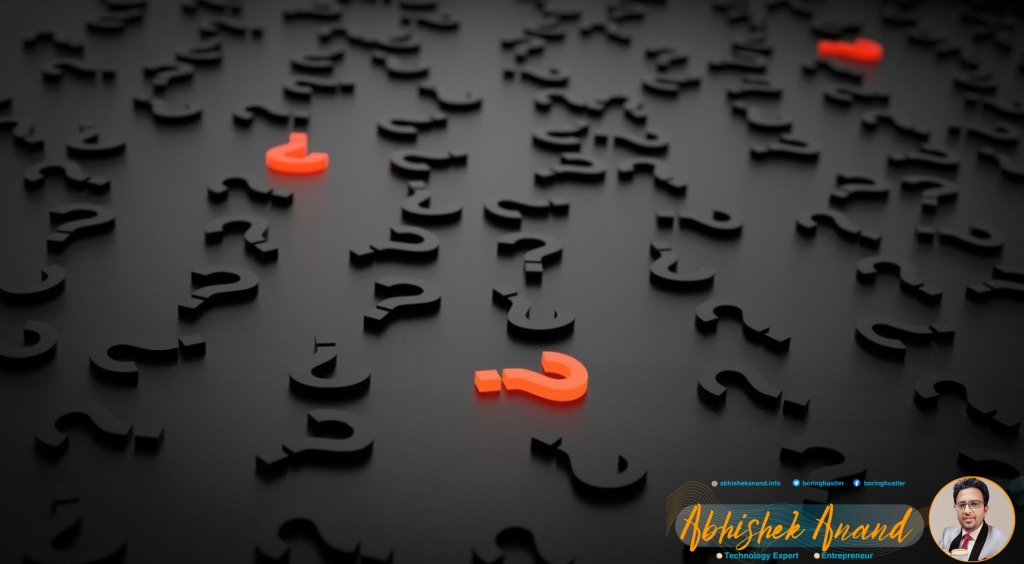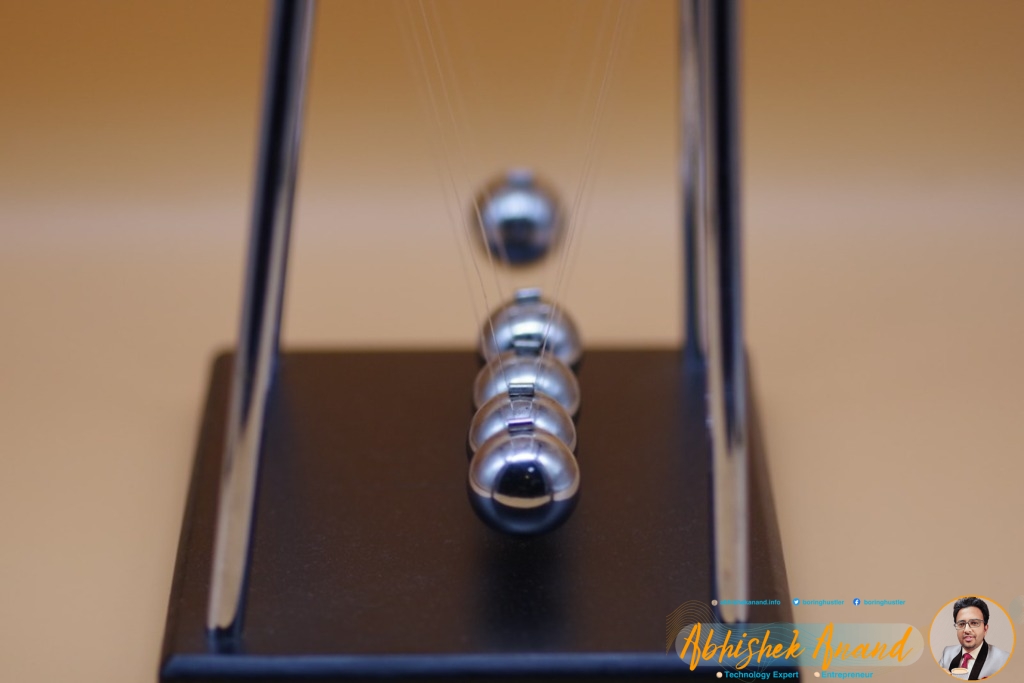Introduction
A leap second is a one-second adjustment that is occasionally added to Coordinated Universal Time (UTC) to keep its time of day close to the mean solar time. These leap seconds are decided by the International Earth Rotation and Reference Systems Service (IERS), and they usually occur at 23:59:60 UTC on either December 31 or June 30.
While most people have never heard of a leap second, they can actually have a big impact on our lives – especially when it comes to our electronic devices and businesses. In this article, we will take a closer look at what a leap second is, what causes them, and how they can negatively affect our electronics and businesses.
What is a Leap Second and why are they so important?
Leap seconds were first introduced in 1972 to keep the UTC time scale within 0.9 seconds of astronomical time. This was necessary because the Earth’s rotation is gradually slowing down, which means that our days are getting longer (by about 1.4 milliseconds per century).
While this may not seem like a big deal, over long periods, it can add up. For example, if we did not have leap seconds, then by the year 2036, our days would be about 0.0026 seconds longer than they are now. This might not seem like much, but it would eventually lead to problems with things like satellite orbits and GPS systems.
That’s why leap seconds are so important – they help us to keep our time scales accurate so that we can avoid these kinds of problems down the road.
What Causes a Negative Leap Second?
As we mentioned before, leap seconds are usually added at 23:59:60 UTC on either December 31 or June 30. However, there are occasions when it is necessary to remove a leap second from the UTC time scale instead.
This happens when the Earth’s rotation speeds up (which actually does happen from time to time). The most recent example of this was in 2021 when a positive leap second was removed from the UTC time scale because the Earth’s rotation had speeded up enough that an extra second was no longer needed.
Impact of a Negative Leap Second on Businesses
The impact of a negative leap second on businesses has been widely debated. Some people argue that it could cause major disruptions because many computer systems are not programmed to deal with negative leap seconds.
Others believe that the impact will be minimal because most systems automatically adjust for leap seconds anyway (usually by inserting an extra bit into their clock signal so that it can be recognized by computers).
However, there is one area where the impact of a negative leap second could definitely be felt by businesses: Finance. Stock markets around the world rely heavily on timing mechanisms, and even a small disruption could cause serious problems.
In fact, there was already a minor incident in 2012 when the last positive leap second was removed from the UTC time scale. This caused some inaccurate timestamps to be generated which led to trades being rejected by exchanges.
While this problem was quickly resolved, it highlights the potential risks associated with negative leap seconds. As such, businesses need to be aware of these risks and take steps to mitigate them.

What is a Leap Second and why are they so important?
Most people are familiar with the concept of a leap year – an extra day added to the calendar every four years to keep our clocks in sync with the Earth’s rotation.
But what about a leap second? A leap second is a one-second adjustment that is added to or subtracted from Coordinated Universal Time (UTC) to keep it in line with astronomical time. UTC is the international time standard that is used by most of the world’s clocks and timekeeping systems.
Since 1972, leap seconds have been added at a rate of about once every 18 months. The most recent leap second was added on December 31, 2016.
Leap seconds are necessary because the Earth’s rotation is gradually slowing down over time. This is due to a variety of factors, such as the gravitational pull of the Moon and Sun, and the effects of the Earth’s molten core. While the slowing of the Earth’s rotation is very gradual, over long periods it can add up.
Without periodic leap seconds, eventually, our clocks would become out of sync with astronomical time. This could cause problems for things like GPS systems and other applications that rely on precise timekeeping. Leap seconds can also be disruptive for businesses and other organizations that rely on accurate timekeeping.
For example, some computer systems are not designed to handle a leap second, and this can cause problems or even crashes. Businesses that operate across multiple time zones can also be affected by leap seconds, as they need to account for the extra second when calculating deadlines and scheduling events.
The last leap second was added on June 30, 2021.

What Causes a Negative Leap Second?
What causes a negative leap second? In short, it’s caused by the gradual slowing of the Earth’s rotation.
As the planet slows, the length of a day gets longer very slightly. To keep atomic clocks in sync with Earth time, a leap second is added every now and then. But if the Earth’s rotation slows down too much, a negative leap second is needed to keep everything in sync.
Negative leap seconds are extremely rare. The last one happened in 2016, and before that, you have to go all the way back to 1972. So, if you’re wondering why your electronic devices might be acting up today, it’s because of this rare event.
While a positive leap second can simply be added at the end of a day, a negative leap second needs to be taken away from the current time. This can cause all sorts of problems for electronic devices that rely on precise timekeeping. For example, GPS systems use atomic clocks to keep track of time.
They need to be accurate within nanoseconds to work properly. When a negative leap second is added, it can throw off the GPS signal and cause problems for those who rely on it. The same goes for financial markets. High-frequency traders use algorithms that buy and sell stocks in a split second.
If their clocks are off by even a fraction of a second, it could cost them millions of dollars. Fortunately, most companies and businesses are aware of the impending negative leap second and have taken measures to prevent any major disruptions. Still, it’s always possible that some issues could pop up here and there.

Impact of a Negative Leap Second on Businesses
A negative leap second occurs when an extra, or “leap,” second is added to Coordinated Universal Time (UTC) to keep it in sync with the Earth’s rotation. This extra second can cause problems for businesses that rely on UTC for their operations. The most recent negative leap second occurred on June 30, 2021.
This caused problems for some websites and services, including Reddit, Yelp, and LinkedIn. The extra second also caused issues for GPS systems and air traffic control.
Negative leap seconds can cause disruptions because they throw off the timing of clocks and other devices that are synchronized with UTC. This can cause problems for businesses that rely on precise timing, such as financial institutions and online retailers.
Negative leap seconds can also cause problems for businesses that use UTC to coordinate their international operations. These businesses may have to make changes to their systems to account for the extra second.
Overall, negative leap seconds can cause significant disruptions for businesses that rely on UTC for their operations. These disruptions can be costly and difficult to solve. As a result, many businesses are working to find ways to avoid or minimize the impact of negative leap seconds.

Impact of a Negative Leap Second on Electronics
The leap second is a one-second adjustment that is occasionally added to or subtracted from the world’s Coordinated Universal Time (UTC) to keep it synchronized with the Earth’s rotation.
The purpose of the leap second is to keep UTC from getting too far ahead of or behind UT1, which is a measure of the Earth’s rotation. UTC is currently ahead of UT1 by about 26 seconds.
If it were to get too far ahead, then eventually there would be a need for daylight saving time-like transition in which clocks would be set back an hour twice a year. This would be undesirable, so the leap second is used as a way of keeping UTC within a manageable range.
The negative leap second will have impacts on many different types of electronics. GPS receivers, for example, use GPS time, which is kept in sync with UTC via the inclusion of Leap Sentences in the GPS navigation message. A negative leap second will therefore cause GPS time to run slow by one second relative to UTC.
This could potentially cause problems for some applications that rely on GPS time, such as those that use it for synchronization purposes. It’s also worth noting that not all GPS receivers will be affected by the negative leap second; those that use software to interpolate between GPS time and UTC will continue to work correctly.
Computers and other electronic devices often use Network Time Protocol (NTP) to synchronize their internal clocks with UTC. NTP uses a simple algorithm to adjust for positive or negative leap seconds, so it will automatically take the negative leap second into account when synchronizing with UTC.
As a result, most computers and devices should not be affected by the negative leap second. There are some potential impacts on businesses due to the negative leap second.
For example, financial trading systems often use milliseconds as a unit of time, so a sudden change in timestamp values could cause problems. It’s also possible that some computer systems may not correctly handle dates containing a negative leap second; this could potentially create issues for businesses that need to track dates and times accurately.
Overall, the impact of the negative leap second should be fairly minimal. Some electronic devices and systems may be affected, but most should continue to work correctly. There may be some disruptions for businesses that need to track dates and times accurately, but these should be relatively minor and easily resolved.

Impact of a Negative Leap Second on Tech Businesses
A leap second is an extra, one-second tick added to a day, and it’s inserted to keep our clocks in sync with the Earth’s rotation.
This may not seem like a big deal, but for businesses that rely on precise timekeeping, a leap second can cause major disruptions. Take, for example, the stock market. In 2012, when the leap second was added, some trading platforms crashed while others experienced significant delays.
The issue is that most computer systems are not designed to accommodate a leap second. When the extra second is added, it can throw off timing algorithms and cause system crashes. This is why many tech companies are taking measures to avoid any problems when the next leap second is added.
One way to do this is by “smearing” the leap second over a while. This means that instead of adding the extra second all at once, it’s added in tiny increments throughout the day so that systems have time to adjust.
Another solution is to simply shut down for the day or hour when the leap second is added. This may not be ideal for businesses that need to be up and running 24/7, but it’s better than risking a system crash. Either way, if your business relies on technology, it’s important to be prepared for the next leap second. Otherwise, you could end up dealing with some serious disruptions.

How can businesses stay ahead of the curve to be safe from negative leap second-related problems?
As the world prepares for the next negative leap second, businesses need to be aware of the potential risks and take steps to protect themselves. Negative leap seconds can cause problems for businesses that rely on precise timing, such as financial institutions and airlines.
In 2012, a negative leap second caused a glitch in Google’s servers, which led to disruptions for some of its services. To avoid similar problems in the future, businesses need to be prepared for the next negative leap second.
Here are some steps they can take:
1. Stay informed about the negative leap second and how it may affect your business.
2. Test your systems and applications to see if they can handle a sudden change in time.
3. Make sure your employees are aware of the potential risks and know what to do if there is a problem.
4. Have a plan in place for how you will handle any disruptions caused by the negative leap second.
5. Stay flexible and be prepared to adjust your plans as needed. By taking these steps, businesses can minimize the impact of the negative leap second and keep their operations running smoothly.
Conclusion
The leap second is a necessary evil that helps keep our clocks in sync with the rotation of the Earth. However, it can cause problems for electronic devices and businesses that rely on precise timing. To avoid these problems, it’s important to be aware of when a leap second is happening and to plan ahead.

